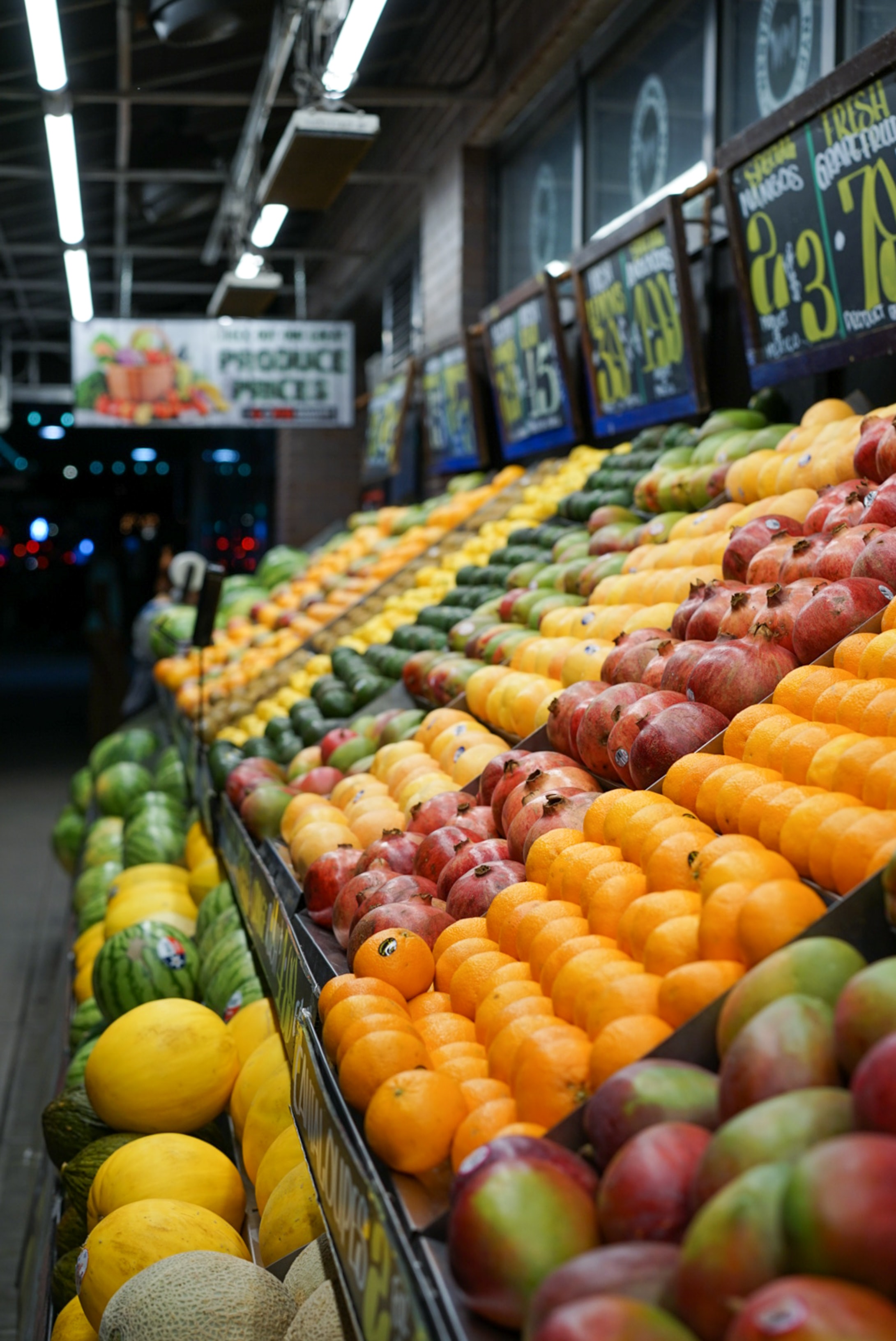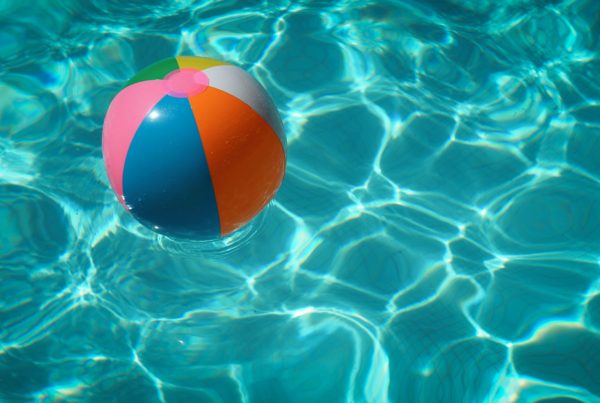Getting your kids to eat healthy is almost an impossible feat. I have three kids and each child is different.
Nutritious food can support a child’s healthy growth and development, and play a major role in boosting the immune function. A major part of the immune system is found in the gut.
Healthy eating starts as soon as your baby can start solid foods. Kids are not born with an aversion to fruits and veggies. If your baby makes a funny face during those first few bites, it is more due to learning and understanding a new taste and texture. Conditioning to healthy foods happens over time as kids are exposed to healthy foods. The sooner you introduce nutritious choices, the easier it is for them to develop a healthy relation with food that will follow them into adult hood.
And it starts with meal planning.
Read further to understand what is considered healthy and ways to encourage kids to eat healthy.
Benefits of a Healthy Meal Plan
Im a big believer in everything in moderation. Maintaining a healthy body and consuming proper nutrients can reduce your risk to many common health conditions such as…..
- Diabetes
- Iron deficiency
- Dental caries (cavities)
- High blood pressure and heart disease
- Obesity
- Cancer
Everything in moderation.
Serving Size
It is hard to determine how many calories your child is consuming each day if you dont follow serving sizes with each meal and snack. However, it truly is NOT necessary to follow your child’s caloric intake unless they are having issues with keeping their weight, are over weight and/or suffer from chronic congenital disorders requiring caloric intake such as cardiac, endocrine, and Gastro pathologies. If your child is a healthy weight, the best way to measure the proportions to serve is to serve each food group according to the size of their fist. Children should consume a diet in whole grains, fruits, vegetables, protein and dairy. Generally, kids need three meals and two snacks per day. Caloric intake varies depending on the age and activity level of the child. Somedays they will literally eat a granola bar all day and other days they may eat more than their weight. Below is a general idea of how many calories children should intake each day.
Caloric Intake
American heart association recommends:
1-3 years of age 900-1000kcal/day
4-8 years of age 1200-1400kcal/day
9-13 years of age 1600-1800kcal/day
14-18 years of age 1800-2200kcal/day
Example: 1 medium sized banana is about 100 calories of the daily intake
Daily Dietary Requirements
- Grains: 3 servings
- Veggies: 3-4 servings
- Fruits: 2-3 servings
- Dairy: 3 servings
- Protein: 3 servings
- Fats: Seldom
Good Sources for Vitamins
- Vitamin A– A good source comes from Fish and eggs or plant based such as yellow/orange foods.
- Vitamin C– A good source comes from citrus fruits but also green veggies like broccoli and spinach.
- Vitamin D– A good source comes from fish and eggs but also the sun. Most people are deficient in D and would benefit to supplementation because not a huge amount comes from food.
- Iron– Tofu, leafy green veggies and beans are a great source of iron.
- Zinc– Mushrooms offer a great source of zinc if you can get your child to eat these. However, red/white meat, seafood, eggs, beans, chick peas, seeds and nuts are a great source as well.
*You can follow each link for more food sources and other information regarding each vitamin/mineral.
Read Your Labels
Here are four simple steps to follow when looking at package labels. Click here to read more in depth about nutritional labels.
Step 1: Claims on the front
Step 2: Serving Size, Total Calories, Percent Daily Values
Step 3: Nutritional Facts/Terms
Step 4: The additives
SNACKING
Some children get hungry when they are bored. This is why kids snack so much during the summer. A good rule of thumb is to offer an apple or a banana. Snacking is perfectly fine but provide healthy snacks for good eating habits. I am all about survival and so not a pintrest worthy mom so here are a few ideas that can easily be a grab-and-go
- Fresh or dried fruits
- Veggies with dip such as ranch or hummus
- Cheese, cottage cheese, yogurt, milk
- Crackers or pretzels with peanut butter or hummus
Hydration
Below are general guidelines. A good rule for hydration is a cup for each age. So a two year old should drink about 2 cups a day. However, keep in mind children require more fluids with increased activity.
- Toddlers: 2 to 4 cups
- 4-8 years: 5 cups
- 9 -13 years: 7 to 8 cups
- 14 and up: 8 to 11 cups (depending on age)
Special Age Considerations
Infants–
- Breast-feeding is ideal nutrition and sufficient to support optimal growth and development. Try to maintain breast-feeding for 12 months. It is perfectly fine to breastfeed beyond 12 months. There is no right or wrong, it is a personal choice between mom and infant. We are huge breast-feeding advocates! However, we support all moms and believe fed is best if that is your choice for your family.
- Transition to other sources of nutrients can begin at about 6 months of age to ensure sufficient micronutrients in the diet. Keep in mind, formula/breast milk is the major source of nutrients. Table feeding is more for developmental learning the first year of life.
- Delay introducing 100 percent juice until at least 6 months of age and limit to no more than 4 oz/day. Juice should only be fed from a cup and cut in half. What I mean by cut in half is 2oz of juice mixed with 2oz of water.
- Don’t overfeed infants and young children — they can usually self-regulate the amount of calories they need each day.
Children–
Foods to Avoid Choking Risk in Toddlers
- Raw carrots, celery, green beans
- Large pieces of hot dog
- Cherries or anything with pits
- Whole grapes
- Round, hard candy
- Peanuts, other nuts
- Large globs of peanut butter or large marshmallows
- Popcorn
- Gum
Picky Eaters- It is very normal for toddlers to be picky eaters and I dislike even labeling kids as “picky eaters”. They may prefer one or two very specific foods and then refuse to eat anything else. Favorite foods might change on a daily basis and those changes can be unpredictable. They may eat more on some days than others. Try not to focus on these changes, instead focus on finding healthy food choices and just accept that their food preferences will change. Children shouldn’t be forced to finish meals if they aren’t hungry. As time goes on, your kid’s eating habits will stabilize. If your child is not receiving the proper nutrition from the foods they eat, supplements may be considered. You can consider a multi-vitamin. We see typical deficiencies in iron and Vitamin D. Children utilize a lot of energy and require more frequent meals which is why healthy snacking is important for in between meals.
Over Eating-
I know a lot of parents can get stuck on how much their child eats. There is no reason you should force your child to eat or stop eating. This can create a bad relationship with food. Children need to learn to listen to their own body and self-regulate the amount of calories they need each day. If your child eats their entire meal at dinner and walks in the kitchen asking for a snack, you have two ways this can go…… offer them a fruit snack such as an apple or suggest they come back in twenty minutes for that apple. Some kids can eat fast that their brain doesn’t have time to catch up with their belly. In other words, give them some time to digest their food before you offer a healthy snack option. I by no means suggest you dont feed your baby if they are hungry. Feed that belly! But, there are ways to understand where that hunger is coming from if they are eating all day long. Diabetes and obesity is very prevalent in our society and the number one way to combat this is healthy food habits. Here is a link to assist with ways to educate our children on how to form a healthy relationship with food and nutrition.
Adolescents–
- Sports nutrition- Make sure your sports player is consuming enough calories to meet up with supply and demand. Generally a sports player can consume almost twice the normal amount of calories than a non-athlete. If your child is heavily into sports, make sure you speak with his/her health provider and/or coach to discuss a nutritional plan.
- Junk food- New drivers can access junk food much easier.
- Late night eating- Try to encourage a “closed kitchen” after late hours.
Special diet considerations
- Vegetarian, Etc. Living in a household with special dietary needs can have great health benefits. However, this can sometimes present a challenge to meet nutritional demands. Be mindful of what your child is missing. Supplement instead with plenty of beans, avocado, nuts and nut butter, seeds, dried fruits, coconut oil, eggs, soy, and dairy products. A good idea is to consult a nutritionist to ensure your child is receiving the proper nutrients missing from the average dietary food group.
- Gluten free- A lot of products have gluten. This is hard to stay clear from and still receive adequate nutritional requirements. Read your labels and find substitutes to meet the average dietary requirements.
Example Meal plan
Some quick ideas to get you started with a meal plan for your children. These are pretty average meals for the average family. When you can, buy organic products. The most important Organic foods are meats and fruits/veggies without hard skins (think avocados hard skin).
Breakfast:
- Smoothies! My go-to for my kids. you can add everything in there. Just add an apple or a banana to give it a better flavor. Here is a link to our favorite smoothies recipe.
- Yogurt with granola and berries, whole grain toast with nut butter and banana
- Oatmeal with fruit and honey drizzle
- Hard-boiled eggs on hand for an easy source of protein at breakfast.
Snack 1:
- Granola bar, lara bars are great for school snacks
- Apple
- Orange
Lunch:
- Peanut butter with banana on a wrap to make a pinwheel, carrots, strawberries,
- Quesadilla, tomato/cucumber with dipping sauce, applesauce
- Turkey pinwheels (honey mustard for dipping), edamame, dried apricots
*The best sauces for dipping are mustard base or oil based so honey mustard, avocado dressing, balsamic vinaigrette
Snack 2:
- Banana, strawberries, blueberries and yogurt based dip
- pretzels, popcorn, nuts, raisins, dried fruit
Dinner:
- Tacos- beef, lettuce, mashed avocado, salsa on a tortilla wrap
- Grilled chicken, broccoli, rice, applesauce
What type of meal plan do you use? Tried and true recipes your child loves? Where are my allergy babies at…. please share these recipes too.








